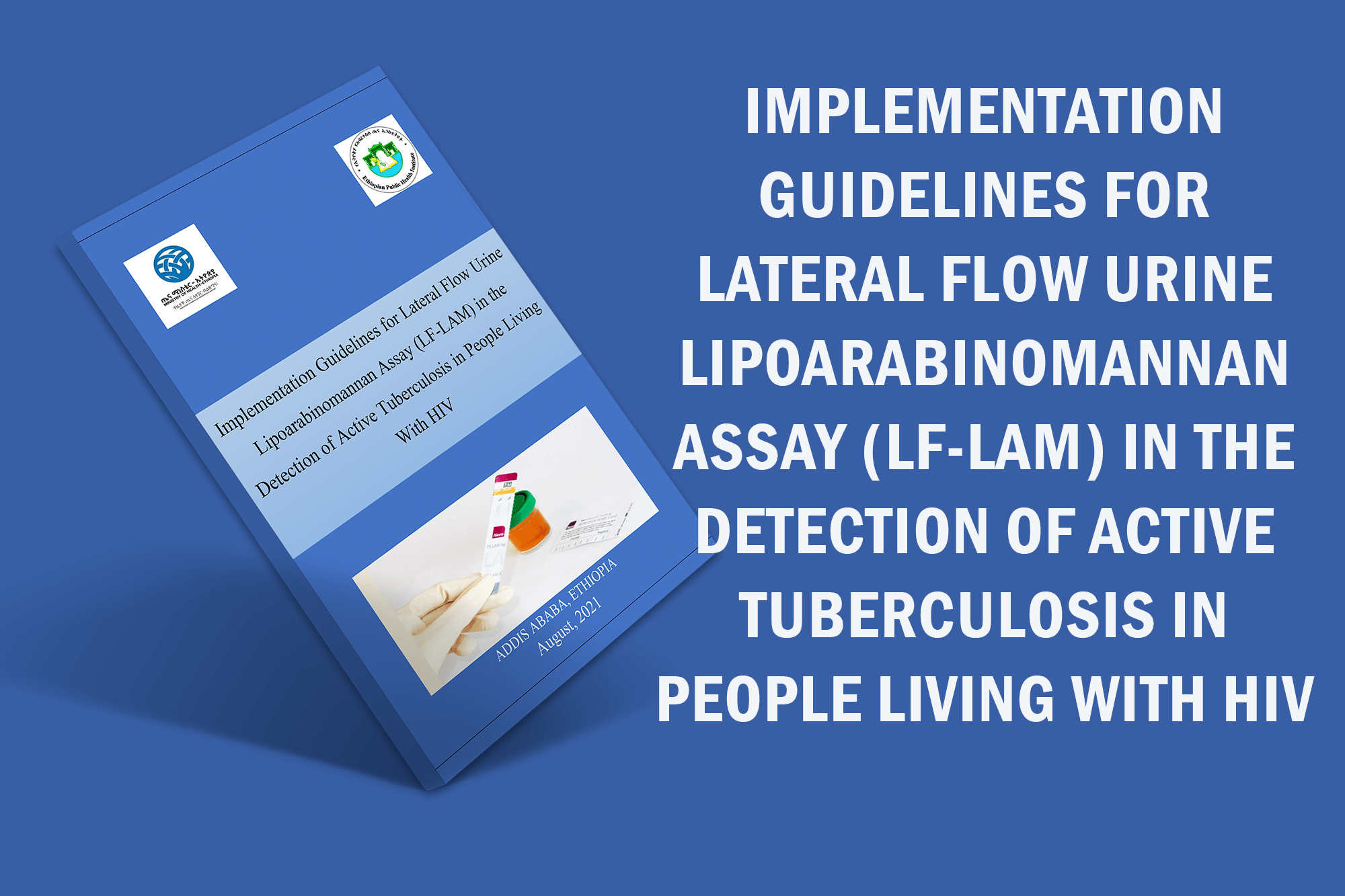The World Health Organization‘s (WHO‘s) strategy for tuberculosis (TB) prevention, care and
control from 2015 to 2035 – which is better known as the End TB Strategy – prioritizes the early
diagnosis of TB. This prioritization is particularly due to smear-negative TB cases, which are
often associated with HIV co-infection and young age. Of the 10 million new cases of TB
occurred across the world in 2019, an estimated 0.82 million (9%) incidence cases occurred
among people living with HIV (PLHIV). The WHO African region accounts for 72% of the
estimated number of HIV-positive incident TB cases. Ethiopia is one of the 30 countries with
high TB and TB/HIV countries with an estimated TB incidence cases of 140 per 100,000
population, and 5.3% TB/HIV co-infection prevalence in 2019.
Lack of an effective diagnostic test for smear-negative TB cases is a major contributor to the
death of HIV positive people in countries with high burden of TB/HIV co-infection. To alleviate
the problems related to diagnose smear-negative TB cases in the PLHIV, several tests have been
designed and evaluated at the global level. Of these, tests based on the detection of
mycobacterial lipoarabinomannan (LAM) antigen in urine have emerged as potential point-of care test for TB. The currently available urine LAM assays have suboptimal sensitivity hence are
suitable for a specific group of TB patients such as PLHIV. Unlike traditional diagnostic
methods such as smear microscopy and culture, urine LAM assays demonstrate improved
sensitivity for the diagnosis of TB among individuals co-infected with HIV. The estimated
sensitivity is even greater in patients with lower CD4 cell counts.
This implementation guideline is developed based on evidence obtained from national and
international studies and WHO policy recommendation for the use of urine LAM for the
diagnosis of TB in PLHIV in Ethiopia. It comprises the eligibility of PLHIV for the LF-LAM
test, national TB diagnostic algorithm for PLHIV that incorporate LF-LAM test, and laboratory
results order interpretation. It also consists case definition and registration, patient classification
and relevant indicators for urine LAM test. In addition, this guideline in detail explains patient
management, test principle and procedure, required laboratory infrastructure and supply issues,
sample collection, quality control issues, biosafety requirements and waste disposal system.
Further, it comprises monitoring and evaluation plan with its important indicators.








